
PFAS, often called “forever chemicals,” have quietly seeped into daily life. Used for decades in nonstick pans, waterproof jackets, and firefighting foam, these compounds hardly break down once released into the environment. They accumulate in water, soil, food, and human bodies.
In 2025, outrage flared after the White House canceled a significant study to uncover the extent of PFAS dangers. For many scientists and communities, the timing couldn’t be worse. As evidence of health risks mounts, research designed to inform protections has been scaled back, leaving families and advocates frustrated.
The Chemicals That Won’t Go Away

PFAS were first introduced in the 1940s, marketed as miracle materials for their resistance to heat, grease, and water. That same durability now haunts us. Once released, PFAS travel easily through rivers and aquifers, infiltrating tap water and food supplies.
The U.S. Geological Survey reported in 2023 that nearly half of American tap water contains detectable levels of PFAS. Because they linger for decades, exposure accumulates over time. What began as industrial convenience has spiraled into an environmental challenge stretching across generations, forcing families and regulators to reckon with long-term contamination that shows little sign of retreating.
How Widespread Is Exposure?
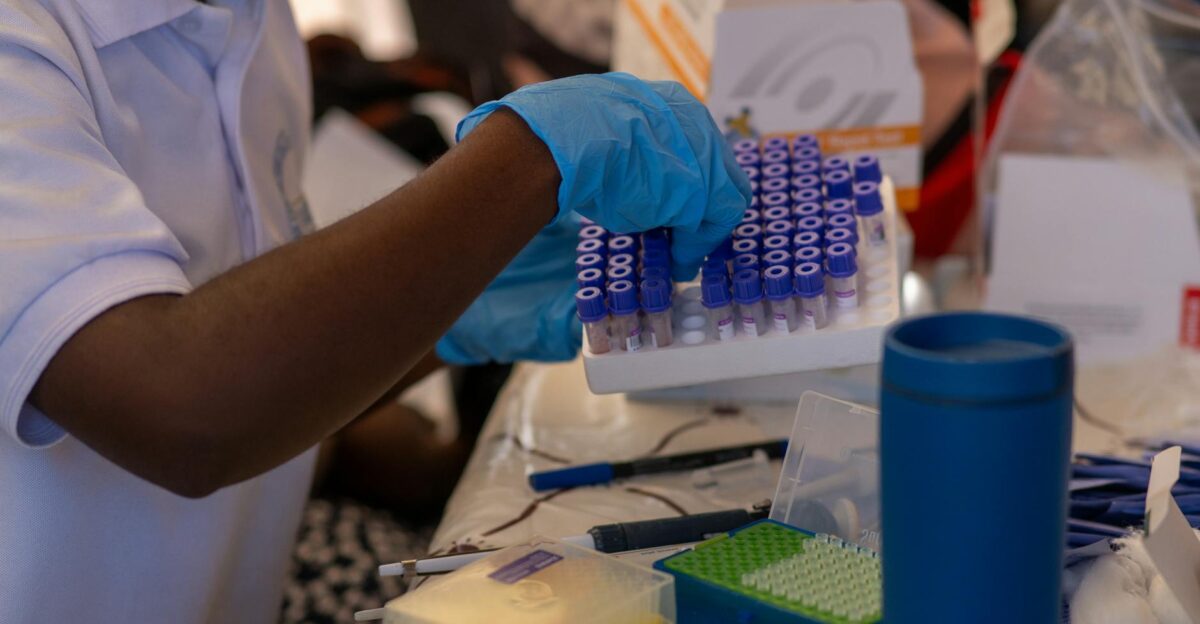
EPA monitoring suggests that roughly 97 million Americans—about one in three—drink water with PFAS. Silent Spring Institute researchers caution that the real number could be even higher, since private wells and smaller systems often go untested. Blood samples collected by the CDC confirm that nearly all Americans carry measurable levels of PFAS.
In effect, these chemicals are now part of our biology. Exposure isn’t abstract for residents in affected areas; it’s in the water they drink, the meals they cook, and even the air they breathe, creating a sense of helplessness that fuels calls for more decisive action.
A Growing List of Health Risks

PFAS exposure has been tied to a wide range of illnesses, with cancer at the center of concern. In 2023, the International Agency for Research on Cancer classified PFOA as carcinogenic to humans. Other studies suggest links to kidney, thyroid, and testicular cancers. But the risks don’t stop there.
Research shows that PFAS may also disrupt hormones, weaken the immune system, and damage livers. “It’s not one disease; it’s a spectrum of harm,” Harvard environmental health researcher Elsie Sunderland said in a 2022 interview. This broad scope makes PFAS uniquely alarming for public health experts worldwide.
The Cancer Connection Deepens

Over the past four years, studies have expanded the list of cancers associated with PFAS. Although scientific reviews have evaluated PFAS associations across 20 or more cancer types, the strongest human evidence is currently for kidney and testicular cancers, with suggestive findings for several others.
Many of the remaining links remain under investigation — though additional associations could emerge. A review in Environmental Health Perspectives highlighted consistent findings that people exposed through contaminated water face higher odds of developing certain malignancies.
Scientists have identified several possible pathways in which PFAS interfere with hormones, drive chronic inflammation, alter DNA, and suppress immune defenses. Taken together, the evidence paints a sobering picture that these chemicals don’t just persist in the environment; they may help trigger disease inside the human body.
The Uneven Burden

Not all communities are exposed to PFAS equally. Studies by the Environmental Working Group show that Black, Hispanic, and low-income neighborhoods often have higher PFAS levels in their drinking water. Proximity to factories, military bases, and airports—where firefighting foams were heavily used—magnifies risks.
Residents in these areas face the added challenge of having fewer resources to pay for costly water filters or bottled water. Public health advocates argue this imbalance amounts to environmental injustice. “Communities with the least political power often face the highest exposures,” one EPA scientist said, highlighting how pollution and inequality continue to collide in America.
Federal Rules Arrive—Slowly
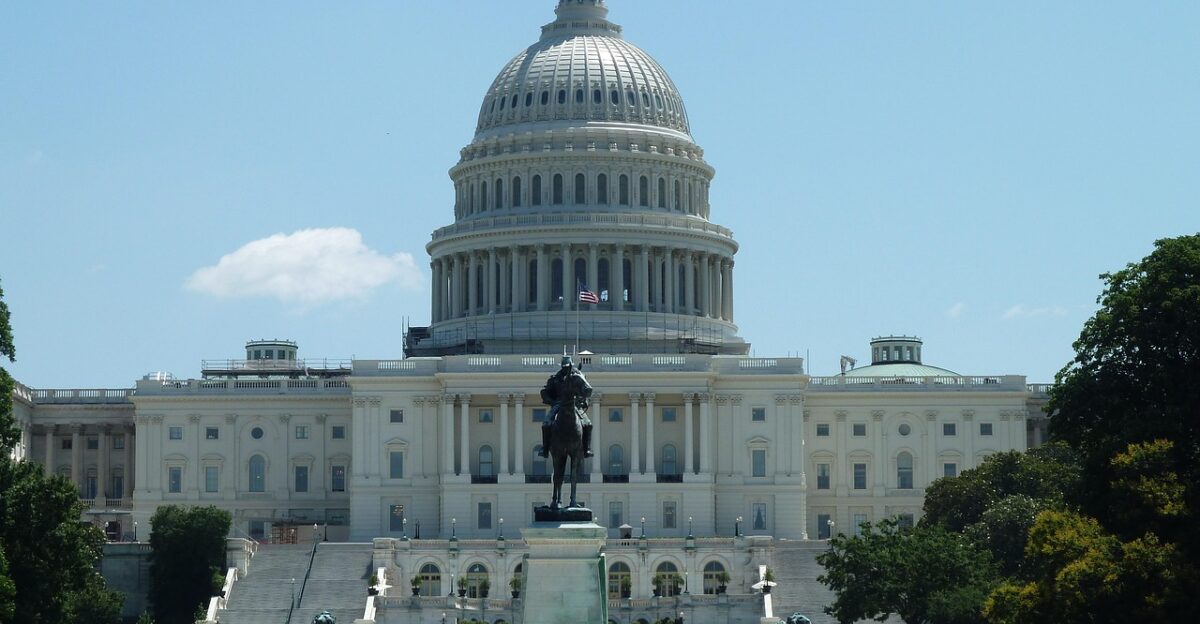
In April 2024, the EPA announced the first national drinking water limits for six PFAS compounds, including PFOA and PFOS. Officials said the standards could save thousands of lives and protect nearly 100 million Americans. Yet enforcement remains a sticking point. Utilities warn that compliance costs will be steep, while some regulators argue implementation timelines are too slow.
Critics note that rules are only as strong as their enforcement, and consistency has been elusive with frequent political shifts in Washington. Families waiting for safer water see progress, but not nearly fast enough to match the urgency of the crisis.
Research Ambitions Cut Short
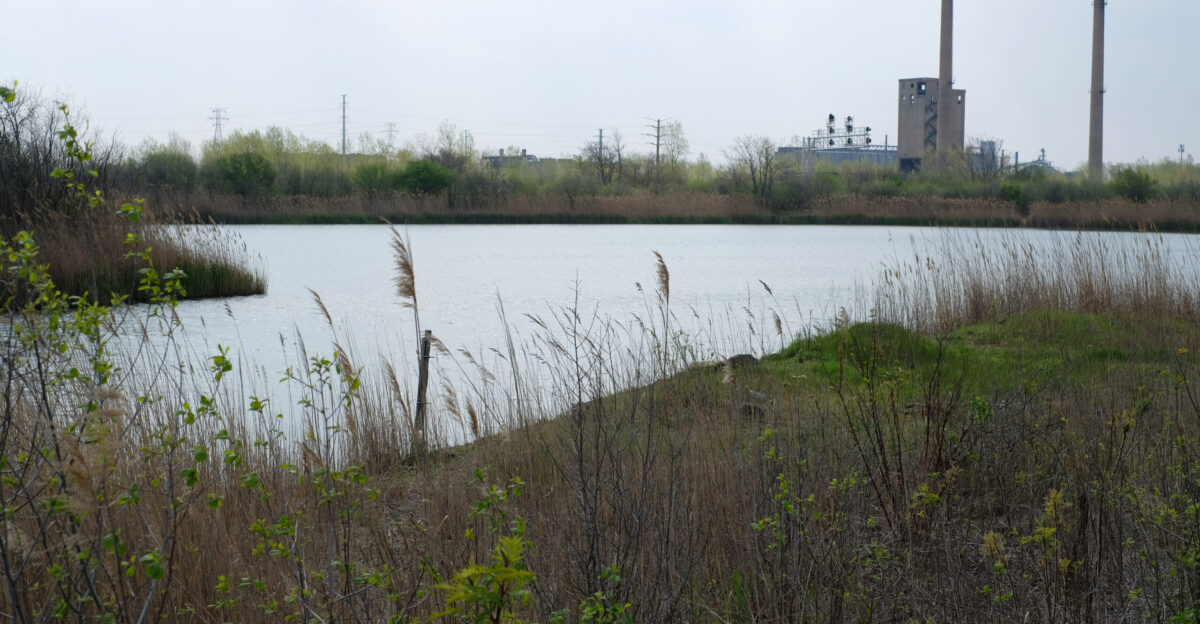
Just three years ago, the White House Office of Science and Technology Policy unveiled an ambitious plan to deepen PFAS research. Goals included tracking contamination, developing safer substitutes, and supporting cleanup. But in 2025, those efforts were abruptly scaled back. Officials offered little detail, citing shifting priorities.
Scientists in outlets like Science magazine called the move a “setback,” warning that vital progress is being lost. Communities now find themselves with more questions than answers. At the same time, advocacy groups argue the federal government has retreated at a critical moment, leaving millions exposed without the promise of stronger safeguards.
A Legal Fight Takes Shape

As federal action slows, lawsuits are ramping up. States like Michigan, Minnesota, and California have filed multimillion-dollar cases against chemical giants DuPont and 3M, accusing them of knowingly contaminating drinking water. In 2023, 3M agreed to a $10 billion settlement to resolve water contamination claims nationwide, though legal battles continue.
Environmental groups are also suing federal agencies, arguing that rolling back monitoring rules violates the government’s duty to protect public health. For many families, litigation represents the only path to accountability—though court cases move slowly, often leaving affected communities waiting years for relief.
The 97 Million at Risk

The number is staggering: More than 97 million Americans rely on water systems where PFAS have been detected. That’s nearly the population of California, Texas, New York, and Florida combined. And that figure doesn’t include countless families using private wells, which remain outside federal oversight.
The scope of contamination means this is not a localized problem; it’s national. Whether in a small town in Michigan or a suburb outside Atlanta, residents often discover their exposure only after health scares or public testing. For many, the realization feels like an invisible hazard has been hiding in plain sight.
The Forever in “Forever Chemicals”
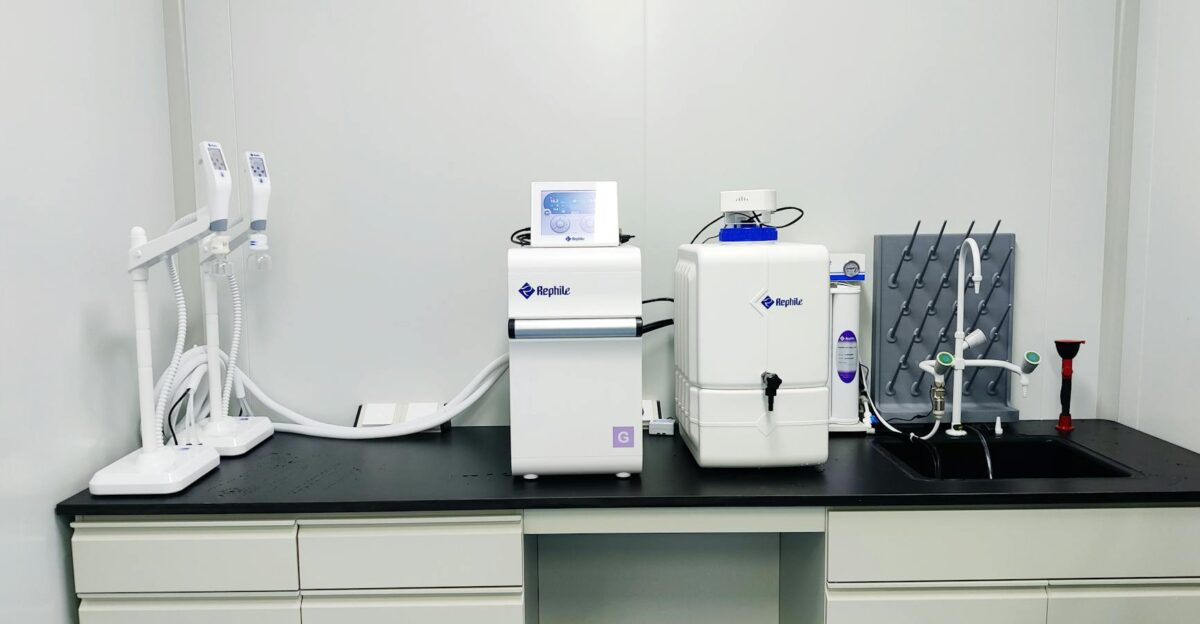
Why are PFAS so hard to manage? Their chemical structure makes them nearly indestructible. The carbon-fluorine bond that defines PFAS is one of the strongest in chemistry. That durability, once prized for consumer products, is now a nightmare for water utilities and scientists. PFAS move easily through soil and water, often evading standard treatment systems.
Even advanced filtration only shifts the problem, producing concentrated waste that must be safely disposed of. Experts warn that these compounds will continue circulating in the environment and our bodies without aggressive intervention for generations to come.
Beyond Cancer – Other Health Risks

Cancer may draw headlines, but PFAS affect more than tumors. Studies published in JAMA and other journals link them to elevated cholesterol, heart disease, liver damage, thyroid dysfunction, and even reduced vaccine effectiveness. Pregnant women and children face particular risks, with exposure tied to developmental delays and lower birth weights.
Researchers stress that health effects vary depending on the type of PFAS and exposure level, but the consistency of the findings is striking. PFAS don’t just raise cancer risks; they quietly chip away at multiple aspects of health, compounding their reputation as a widespread, insidious hazard.
The Question of Safer Alternatives

Industry leaders argue that newer PFAS replacements are less harmful, but many scientists aren’t convinced. Compounds like GenX, introduced as substitutes for PFOA, have shown similar persistence and potential toxicity. A 2022 EPA study found that GenX chemicals may cause liver damage and other health issues.
Researchers warn against repeating the same mistakes by swapping one “forever chemical” for another without thorough testing. “We need truly safer solutions, not just different,” one toxicologist told Reuters. The debate highlights the difficulty of phasing out PFAS while maintaining performance in products people rely on daily.
Tracking Exposure Through Biomonitoring

One of the most essential tools in understanding PFAS exposure is biomonitoring, testing blood, urine, and tissue samples for contamination. The CDC’s National Health and Nutrition Examination Survey has already found PFAS in the blood of nearly every American tested.
The White House’s original research plan called for expanding these programs, particularly among firefighters and factory workers who face higher risks. By mapping the most exposed, scientists can effectively tailor public health interventions.
Without sustained investment, however, those insights could remain incomplete, leaving policymakers and communities in the dark about the full scope of harm.
Mapping America’s Hotspots

Interactive maps created by advocacy groups like NRDC show PFAS contamination spanning nearly every state. Military bases in Colorado, North Carolina textile factories, and Michigan chemical plants have all left lasting pollution. Contamination is often only discovered after residents report unusual health clusters.
Some families learn of exposure through cancer diagnoses, years after contamination began. “You expect clean water when you turn on the tap,” one Michigan resident told local reporters. The maps make the crisis visible, but for communities living in hotspots, the danger feels far more personal—and impossible to ignore.
Communities on the Frontline

Military families near training grounds, towns bordering chemical factories, and rural households relying on wells often find themselves at the epicenter of PFAS contamination. Local governments scramble to provide bottled water or install expensive filtration systems.
The crisis reshapes families’ everyday routines, from deciding whether to cook with tap water to questioning long-term health. “It feels like we’re part of an experiment we never signed up for,” a North Carolina mother said during a 2024 town hall.
These frontline stories highlight the human side of PFAS, a reminder that chemical exposure is more than statistics; it’s a lived reality.
The Technology Race
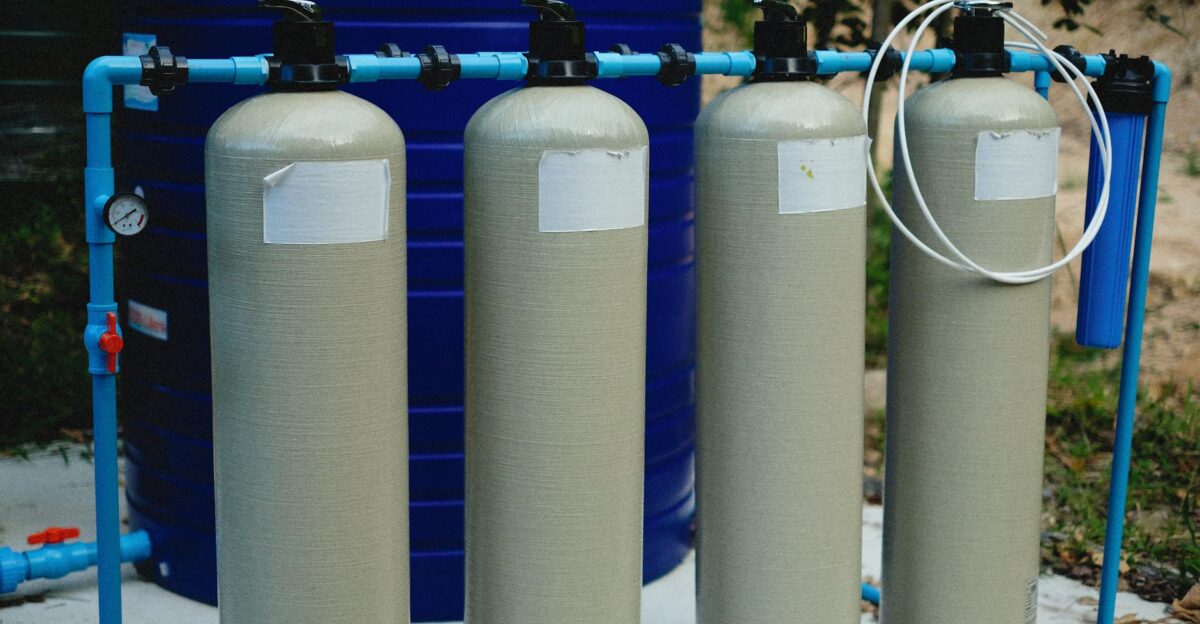
Can PFAS be removed from the environment? Researchers are racing to find solutions. Advanced filtration systems like reverse osmosis can reduce PFAS in water, but are costly. Experimental methods—including high-heat incineration and plasma reactors—offer prom logies at military sites, with mixed results.
Communities desperate for answers follow these developments closely. While no silver bullet exists, the growing investment in cleanup research reflects a recognition that the problem isn’t going away, and solutions must be as resilient as the chemicals themselves.
The Way Forward

Scientists and advocates say the path forward requires more than piecemeal action. They urge expanded monitoring, faster implementation of strict standards, and investment in safe water infrastructure. Transparency is critical, so families understand risks in their communities.
Equally important, experts stress, is prioritizing environmental justice, ensuring that low-income and minority neighborhoods receive protection and cleanup resources.
Public trust hinges on consistent, science-driven leadership; without it, the PFAS crisis risks dragging on for decades. “We know enough to act,” one public health researcher told The New York Times. The question is whether policymakers will rise to the challenge.
A National Crisis Unfolds

The story of PFAS is both chemical and human. At least 97 million Americans face exposure to their drinking water. Evidence now ties PFAS to at least 20 cancers and multiple chronic diseases. Families in affected towns describe years of anxiety, distrust, and health scares. And yet, federal research efforts are being rolled back just as urgency peaks.
Scientists warn that history may judge PFAS as one of our time’s most significant public health crises. For now, the chemicals keep flowing, the lawsuits keep growing, and communities keep waiting for answers that can’t come soon enough.